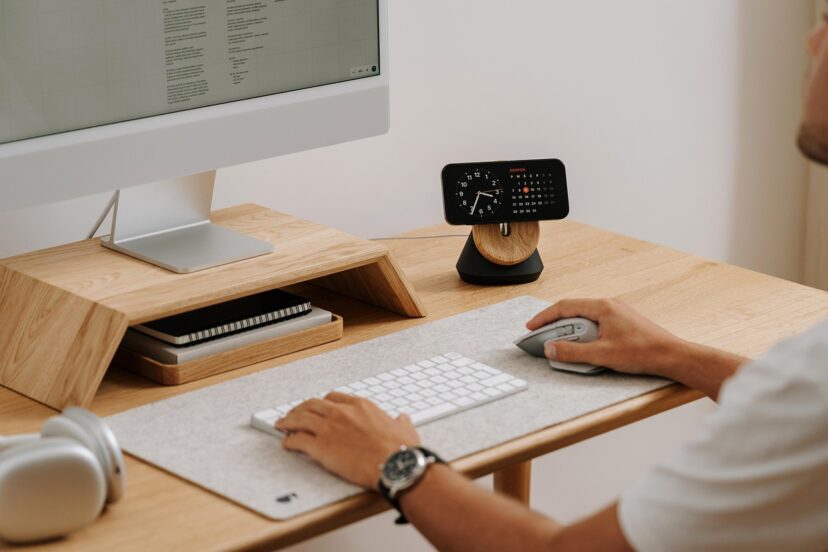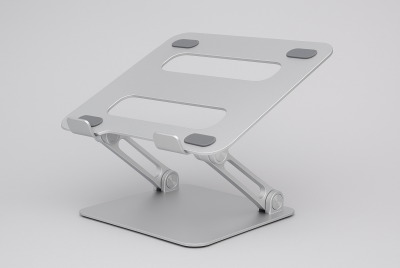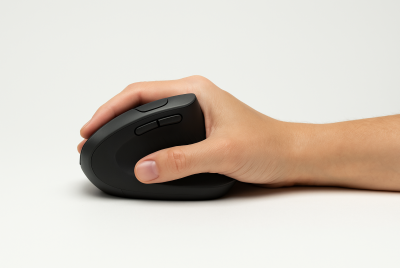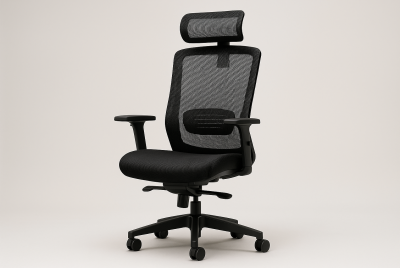Ergonomic Innovations: The Future of Workspaces
We may earn a commission for purchases made using our links. Please see our disclosure to learn more.
Have you ever walked into your office, one fine day, and found yourself snuggling into your favorite chair right away? When you walk into your office, picture yourself snuggling into your favorite chair at home right away. Work becomes effortless and fun with a place that adapts to you, reducing the need for stiff wrists or nagging back pain. ergonomic innovations are transforming the way we approach work because of the impact they have. The goal of the exciting future of ergonomics is to make work happier and healthier, from AI-driven chairs to naturally designed workspaces.
Is Ergonomics Really Important?
The main purpose of ergonomics is to design a workspace that actually fits you, not the other way around. Imagine wearing shoes that are too small. I bet that would be painful, right? Now picture utilizing a desk that is too high or sitting in a chair that puts strain on your back for hours on end. A well-designed ergonomic office can increase output, lower stress levels, and transform work into a fun activity rather than a job.
The Shift to Smart Workspaces
The days of stiff chairs and workstations that make you sore by lunchtime are long gone. There are now smart desks that can adapt to your body’s needs. AI-powered chairs give you real-time posture feedback, while height-adjustable desks make it simple to go from sitting to standing. The technology handles comfort in smart workspaces, allowing you to concentrate on what really counts—completing your task without discomfort.
AI-Powered Ergonomic Solutions
Think about an ergonomic desk that automatically adapts to your preferred height or a chair that reminds you to sit up straight. This has been made possible by AI-powered ergonomic innovations that use sensors to monitor posture and suggest adjustments. Poor seating patterns can lead to long-term health problems, which these clever features assist avoid. Our workstations of the future will function more like personal assistants, ensuring our comfort and well-being all day long.
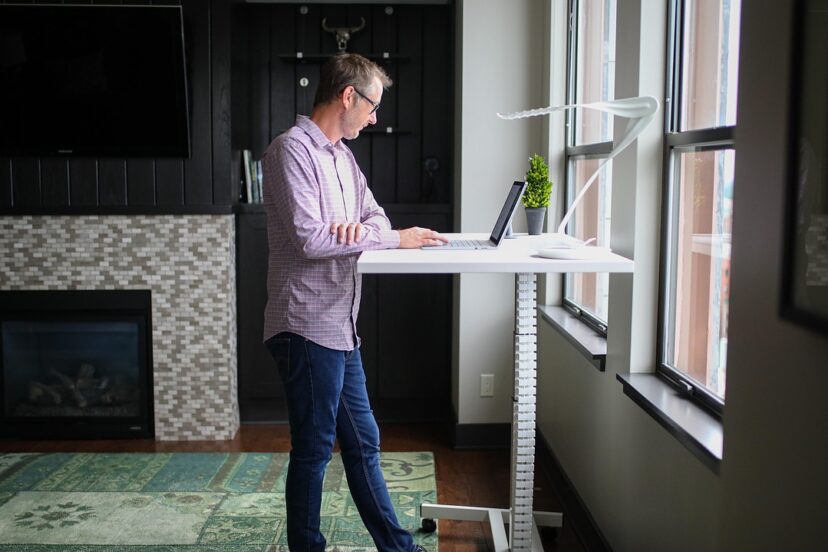
Standing Desks: Not Just a Trendy Fashion
You’ve probably seen standing desks before, but they’re more than a seasonal trend. Standing desks allow you the freedom to walk around while working, as sitting all day is bad for your health. They improve energy levels, lessen back pain, and even increase productivity. Finding a setting that keeps you active and involved is now simpler than ever thanks to motorized and manual height-adjustable choices.
The Rise of Ergonomic Keyboards and Mice
Ever felt a dull ache in your wrists after a long day of typing? That’s where ergonomic keyboards and mice come in. These innovative tools are designed to reduce strain by supporting a more natural hand and wrist position. Split keyboards, cushioned palm rests, and vertical mice help prevent repetitive strain injuries. Investing in these tools may seem small, but they can make a world of difference in your daily comfort.
Virtual and Augmented Reality for Workspace Design
Imagine being able to test a workspace setup before buying furniture. Virtual and augmented reality make this possible by allowing users to experience different office layouts in a simulated environment. This means businesses and individuals can create ergonomic workspaces tailored to their specific needs. With this technology, making the right ergonomic choices becomes easier, more efficient, and even fun.
Personalized Workspaces: One Size Doesn’t Fit All
We all have different body types, so why should our workspaces be identical? The future of ergonomics is all about customization. Adjustable chairs, monitor arms, and personalized lighting options allow each person to create their ideal workspace. When your workspace fits your unique needs, you work better, feel better, and enjoy your day much more.
Recommended Ergonomic Products for a Healthier Workspace
- Ergonomic Office Chair – Provides lumbar support, adjustable features, and breathable materials for all-day comfort.
- Standing Desk – Adjustable height desk that allows smooth transitions between sitting and standing, reducing strain.
- Desk Converter – Turns any traditional desk into a standing desk, offering flexibility without a full replacement.
- Ergonomic Keyboard – Designed with a split layout and wrist support to reduce hand and wrist strain.
- Under-Desk Footrest – Encourages better circulation and posture while sitting for long hours.
These ergonomic innovations can help create a healthier, more comfortable, and productive workspace!
Biophilic Design: Bringing Nature Indoors
Have you ever noticed how a simple plant can brighten up your mood? That’s the idea behind biophilic design—bringing elements of nature into workspaces to improve well-being. Natural lighting, wooden textures, and indoor plants can boost productivity and reduce stress. The closer we feel to nature, the more inspired and energized we become, even when stuck indoors.
The Role of Wearable Ergonomic Tech
Wearable technology isn’t just for fitness tracking anymore—it’s also making workspaces healthier. Devices like posture-correcting wearables and smartwatches remind us to stretch, stand up, or take breaks. These little nudges help us develop better habits, preventing discomfort before it becomes a serious problem. When technology keeps us accountable, maintaining good posture and movement becomes second nature.
Sound Ergonomics: Minimizing Noise Distractions
Ever struggled to concentrate because of a noisy coworker or constant background chatter? Sound ergonomics focuses on minimizing distractions and creating a peaceful work environment. Acoustic panels, noise-canceling headphones, and white noise machines help keep the workspace quiet and focused. When your ears aren’t bombarded with distractions, your mind stays clearer, making deep work much easier.
Smart Lighting for Better Productivity
Harsh, fluorescent lighting can leave you feeling drained, but smart lighting is here to help. These systems adjust brightness and color temperature throughout the day to match natural light cycles. Warm lighting in the morning can help you ease into the day, while cooler lighting keeps you alert in the afternoon. It’s a simple change that makes a big impact on focus and comfort.
Climate-Controlled Workspaces
Ever argued over the office thermostat? Personalized climate control is solving this problem by letting individuals adjust their own workspace temperature. Small desk fans, heated chairs, and individual climate pods make it easier to find your perfect comfort zone. When you’re not distracted by feeling too hot or too cold, you can stay focused and productive all day long.
The Future of Office Chairs
Office chairs have come a long way from stiff, uncomfortable designs. Now, ergonomic chairs offer lumbar support, breathable materials, and even self-adjusting features. Some models track your movements and remind you to shift positions throughout the day. Investing in a high-quality ergonomic chair is one of the best things you can do for your comfort and well-being.
Innovative Ergonomic Technologies for Postural Support
Recent research highlights the growing role of technology in improving workplace ergonomics. A study on the ErgoTac device introduced a vibrotactile feedback system that helps users adjust their posture in real-time, reducing musculoskeletal risks. Similarly, a study on ergonomic furniture design found that many existing workstations do not align with users’ anthropometric measurements, leading to discomfort and inefficiency. These findings emphasize the need for adaptable workspaces that enhance both health and productivity.
Flexible Workspaces: The End of Assigned Seating
With flexible workspaces, employees can choose where they work each day. Whether it’s a quiet corner for focused tasks or a collaborative space for teamwork, having options boosts productivity. This approach encourages movement and allows workers to tailor their space to their needs. The days of being stuck at the same desk every day are fading fast.
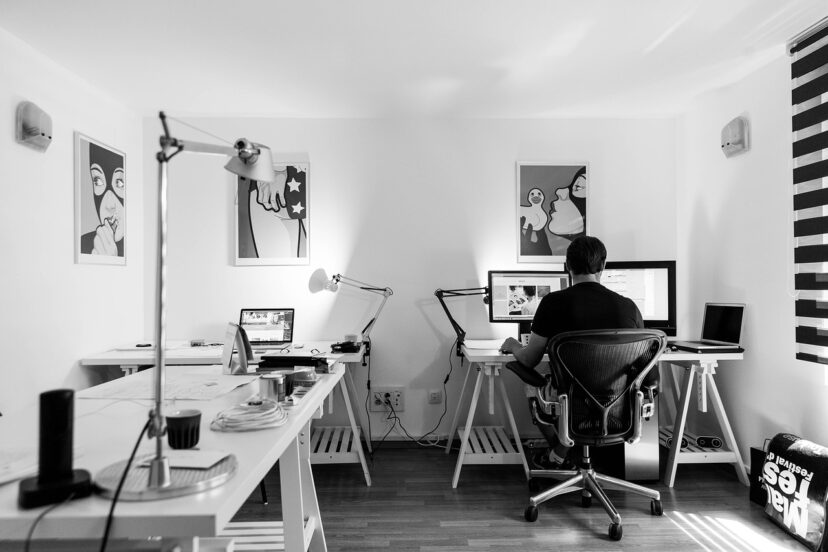
Remote Work and Home Office Ergonomics
Working from home has its perks, but it also comes with ergonomic challenges. Many people work from couches or kitchen tables, leading to discomfort and poor posture. Investing in a proper chair, adjustable desk, and good lighting can make remote work far more comfortable. Your home office should be just as supportive as any high-tech corporate workspace.
The Psychological Benefits of an Ergonomic Workspace
A well-designed workspace doesn’t just improve your physical health—it also boosts your mental well-being. When you feel comfortable and supported, stress levels decrease, and job satisfaction increases. Small ergonomic innovations, like better lighting or a standing desk, can make a big difference in your mood and energy. A happier workspace leads to a happier you.
The Economic Impact of Ergonomic Innovations
Businesses that prioritize ergonomic innovations see fewer workplace injuries, higher retention rates, and better productivity. Investing in ergonomic solutions isn’t just about comfort—it’s also a smart financial move. Happier employees are more engaged, take fewer sick days, and perform at their best. In the long run, ergonomics benefits both employees and employers alike.
Conclusion
The future of workspaces is all about putting people first. Whether it’s smart technology, natural design elements, or personalized solutions, ergonomic innovations are reshaping how we work. By making small but meaningful changes, we can create environments that support health, happiness, and productivity. So, what ergonomic upgrades will you make to your workspace today?
FAQS
1. What is the most important ergonomic innovation for offices?
The most impactful innovation is AI-powered adjustable furniture, which adapts to user posture and preferences, ensuring comfort and reducing strain throughout the workday.
2. Are standing desks really better than sitting desks?
Yes, but balance is key! Alternating between sitting and standing throughout the day is ideal for maintaining energy, reducing back pain, and improving circulation.
3. How can I improve my home office ergonomics?
Invest in a desk that can be adjusted, an ergonomic chair, and proper lighting. Also, make sure your screen is at eye level, use a wrist-friendly keyboard, and take regular breaks to stretch and move.
4. Do ergonomic workspaces increase productivity?
Absolutely! A comfortable and well-designed workspace reduces physical strain, minimizes distractions, and enhances focus, leading to higher efficiency and job satisfaction.
5. What’s next for ergonomic innovations?
Expect more AI-driven customization, smart textiles, and wearable ergonomic technology to enhance comfort and prevent workplace injuries. Workspaces that are customizable and health-focused are the way of the future!

